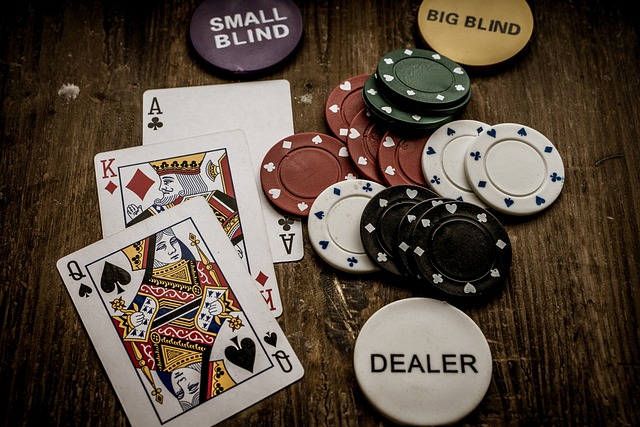Gambling attracts players of all types, but the gap between amateur and professional gamblers is wider than it first appears. The differences are not about luck or natural talent. They come down to discipline, mindset, strategy, and long-term decision-making. Understanding these distinctions can help any player sharpen their approach and adopt habits that lead to more controlled and informed play.
Mindset and Approach
A gambler’s mindset shapes every decision they make. Amateurs often approach gambling as entertainment, reacting to wins and losses emotionally. Professionals treat it as a structured activity.
Amateurs tend to lean on intuition or hunches when choosing bets. Pros rely on probability, data, and expected value. While amateurs chase excitement, professionals aim for consistency. This divide in mindset explains why pros stay stable through streaks, while amateurs often fluctuate between overconfidence and frustration.
Money Management

Bankroll management is one of the clearest differences between amateurs and professionals. Amateurs usually play with a loose plan or no plan at all, increasing bet sizes impulsively. Professionals treat their bankroll like an investment fund.
Pros divide their bankroll into predefined units and rarely bet more than a small percentage on any single outcome. They avoid high-risk decisions when the reward doesn’t justify the variance. Amateurs often ignore these limits, especially after losses, which leads to riskier behavior and long-term decline.
| Key Habit | Amateur Gambler | Professional Gambler |
|---|---|---|
| Bankroll Planning | Little or none | Strict unit-based strategy |
| Reaction to Losses | Emotional | Analytical |
| Stakes | Change impulsively | Change only with data |
| Record Keeping | Rare | Detailed logs |
| Long-Term Focus | Low | High |
This comparison highlights how structure, rather than luck, gives pros an advantage.
Use of Data and Analysis
Professionals use data in nearly every part of their strategy. They study odds, variance, return-to-player rates, and patterns in betting markets. Amateurs may know basic rules, but they rarely track performance or study long-term trends.
For pros, every decision must have measurable logic behind it. They analyze past outcomes, evaluate risk-reward ratios, and adjust strategies based on what the data supports. Amateurs often rely on streaks, superstition, or recent memory — all of which lead to inconsistent results.
Emotional Control
Emotional discipline separates steady success from instability. Amateurs often get caught in highs and lows, reacting to wins with overconfidence or to losses with desperation.
Professionals expect variance. They know that even perfect decisions can lead to temporary losses. Instead of trying to “get even,” they stay with their strategy. This emotional neutrality allows pros to maintain long-term consistency, while amateurs struggle to manage impulses and pressure.
Understanding the Games
Professionals master the mechanics of the games they play. They know house edges, volatility levels, payout structures, and probabilities. They avoid games where the odds cannot be influenced. Amateurs often jump between games without understanding how each one works.
Pros also specialize. They may focus solely on poker, sports betting, blackjack, or trading betting markets. Amateurs tend to spread their play across many verticals, weakening their ability to improve in any one area.
Discipline and Routine

Professionals treat gambling like a job. They follow routines, review performance, and refine techniques. Their sessions are planned, not spontaneous. Amateurs play when bored, when emotional, or when they “feel lucky.”
This difference extends to quitting. Pros stop when they reach predetermined limits. Amateurs stop when emotions or bankroll exhaustion force the break. Knowing when to walk away keeps pros consistent and protects their bankroll.
Long-Term Thinking vs Short-Term Thrills
Professional gamblers view results over thousands of plays, not isolated outcomes. They focus on expected value and cumulative performance. Amateurs focus on immediate excitement — the thrill of the moment, the rush of a win, or the fear of a loss.
This difference in time horizon explains why pros can sustain gambling as a long-term practice, while amateurs often rely on luck and face greater volatility.
Conclusion
Amateurs and professionals may play the same games, but they operate with entirely different philosophies. The core differences lie in discipline, bankroll management, data analysis, emotional stability, and long-term focus.
Players who want to improve can adopt professional habits: structure, strategy, and patience. While not every gambler aims to become a pro, understanding the traits that separate the two can lead to smarter, safer, and more rewarding play.
